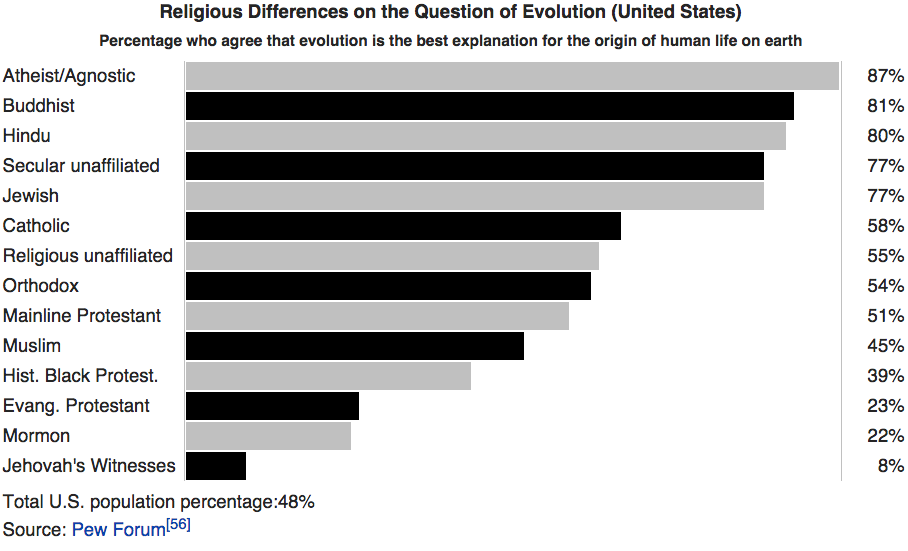Saturday, January 17, 2015
Tuesday, January 13, 2015
Global Inequality in a Couple of Charts
The graph constructed by Branko Milanovic (and highlighted recently by Paul Krugman) shows why globalisation seems to be more popular in the developing world than the developed world.
The graph is a representation of the growth of income for the 20 year period 1988 to 2008. It is a global distribution rather than a national distribution
The bottom of the chart shows the position on the income scale by percentile with the poorest to the left and the richest to the right.
Over the 20 year period the global poor from developing countries have seen their income grow enormously, with the new 'middle classes' of Asia doing particularly well. The biggest losers have been the working classes in the developed world. The very rich in the developed world have also done very well.
It is indeed a tale of two middle classes - with the middle classes in the developing world seeing their lot improve and the middle classes in the developed world seeing their position deteriorate.
As Krugman puts it:
Income growth in emerging nations has produced huge gains in human welfare, lifting hundreds of millions of people out of desperate poverty and giving them a chance for a better life.Max Roser shows world income distribution in the years 1820, 1970 and 2000.
Such improvements in the developing world have seen the biggest exodus from poverty in human history. As a consequence, life expectancy around the world has increased as the chart from Max Roser below clearly shows.
There's also this great graphic from Hans Rosling on life expectancy.
The real problem is whether the progress of the developing world has to come at the expense of the working and middle classes of the developing world. Globalisation has provided opportunities for increases in income for the developed world, but it's clearly possible that opposition to globalisation in the developed world because of declining middle and lower incomes will lead to protectionism and xenophobia.
Globalisation has to create benefits for the poor and middle if its to be sustainable over the longer term. This is why inequality in Europe and North America is so important for the future of the world economy.
Monday, January 12, 2015
Nearly done: Local Car Production in Australia
The local car industry had its worst year since 1960, according to the latest stats for 2014.
Joshua Dowling reports:
Just 100,468 locally-made Holdens, Fords and Toyotas were sold in 2014; the last time the tally was this low was in 1953 when 99,133 vehicles were made in Australia, according to a historical Manufacturing Industries report prepared by the Australian Bureau of Statistics.
The same report shows, at its peak, the Australian car manufacturing industry produced 473,045 vehicles in 1976. Between 1968 and 1985 the annual average number of vehicles produced locally exceeded 400,000. However, the Australian car manufacturing industry has been in free fall since the most recent peak of 344,000 vehicles were produced locally just seven years ago, in 2007.
In 1960, more than 90 per cent of cars sold in Australia were made locally. In 2005, locally made vehicles accounted for one in four (25 per cent) of all new cars sold. In 2014, less than one in 10 cars (or 9 per cent) was built locally.We really are in the final stages of managed decline!
Saturday, January 10, 2015
Subscribe to:
Posts (Atom)




.jpg)
.gif)
.gif)
.gif)
.gif)
.gif)
.gif)
.gif)
.gif)
.gif)



















.gif)
.jpg)
.gif)
.jpg)
.gif)
.jpg)
.gif)
.jpg)
.gif)
.jpg)
.gif)
.jpg)
.gif)
.jpg)
.jpg)
.gif)
.gif)
.gif)
.gif)
.gif)
.gif)
.gif)
.gif)
.gif)
.gif)
.gif)
.gif)
.gif)
.gif)
.gif)
.gif)
.gif)
.gif)
.gif)
.gif)
.gif)
.gif)
.gif)
.gif)
.gif)
.gif)
.gif)
.gif)
.gif)

